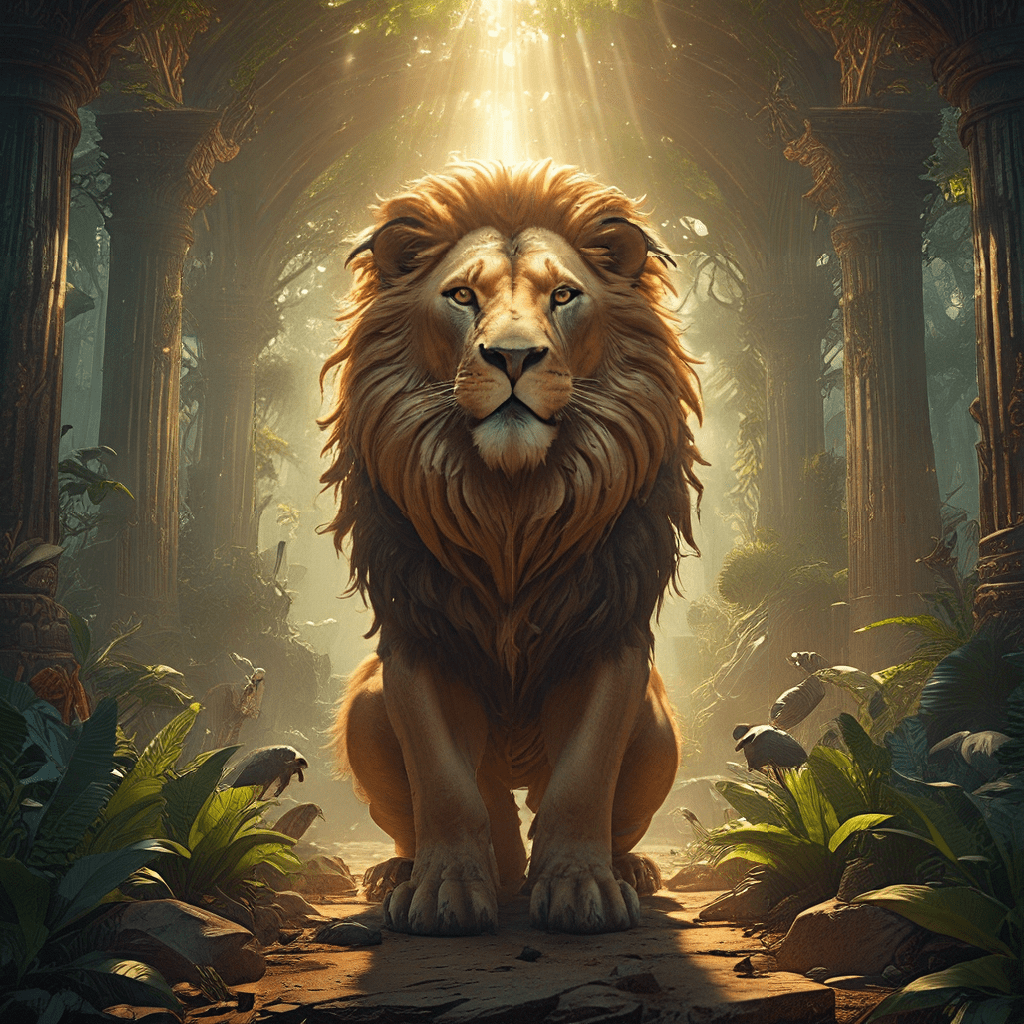The Symbolism of Animals in Egyptian Mythology
1. Introduction: The Significance of Animal Representation in Ancient Egypt
In ancient Egypt, animals were more than just creatures of the natural world. They played a crucial role in the lives of the Egyptians, appearing in their art, religion, and daily life. The Egyptians believed animals could act as intermediaries between the human and divine realms, carrying messages, embodying spiritual forces, and offering wisdom. Animal symbolism in Egypt is rich and diverse, reflecting the intricate web of beliefs and practices that shaped their culture.
2. Divine Manifestations: Animals as Embodiments of Gods and Goddesses
Many Egyptian gods and goddesses took on animal forms, or were depicted with animal heads, reflecting the power and strength of the creatures they represented. The falcon, known for its sharp eyesight and powerful flight, was the sacred animal of the god Horus, symbolizing kingship, protection, and the rising sun. The jackal, known for its scavenging nature, was the sacred animal of Anubis, the god of death, mummification, and the underworld. He guided souls through the afterlife. The lioness, with its fierce strength and hunting prowess, was associated with the goddess Sekhmet, a powerful warrior, who protected the pharaoh and embodied the rage of the sun god Ra. Other examples include Bastet, the cat goddess, known for her grace and protection, Thoth, the ibis-headed god of wisdom, writing, and magic, and Sobek, the crocodile god, representing the Nile River’s power and the dangers it held.
3. Nature and the Cosmos: Animals Reflecting the Environment and the Universe
Animals also reflected the Egyptians’ understanding of the natural world and the cosmos. The scarab beetle, which rolls dung balls across the sand, was a symbol of creation, rebirth, and the sun god’s journey across the sky. The hawk, soaring high above the earth, represented the sun god Ra, connecting him to the celestial realm and the cycles of time. The crocodile, a powerful predator of the Nile, symbolized the river’s fertility, the dangers it posed, and its life-giving power. Birds, like the falcon and the ibis, were associated with the wind and the breath of the gods, representing freedom, communication, and the divine breath that breathed life into the world.
4. Human Traits and Qualities: Animals as Mirrors of Human Nature
The Egyptians used animals to reflect the complexities of human nature. The snake, with its ability to shed its skin, represented wisdom, healing, and the cyclical nature of life. However, it also symbolized deception and trickery. The dog, known for its loyalty and companionship, was a symbol of protection and faithfulness. The lion, with its courage, strength, and nobility, represented the king’s power and the ideal of a just ruler. The ape, often depicted in playful and mischievous scenes, symbolized intelligence, but also sometimes trickery and the less-refined aspects of human nature.
5. The Importance of Animal Attributes in Rituals and Offerings
Animals played an important part in Egyptian rituals and offerings. Egyptians would offer animal parts, like meat or organs, to deities as a symbol of devotion and appeasement. Animal sacrifices, often involving cattle, sheep, or goats, were performed to ensure fertility, protection, and appease the gods. Animal masks and costumes, worn by priests and performers in religious ceremonies, allowed people to connect with the divine and participate in rituals that honored the gods and the natural world.




